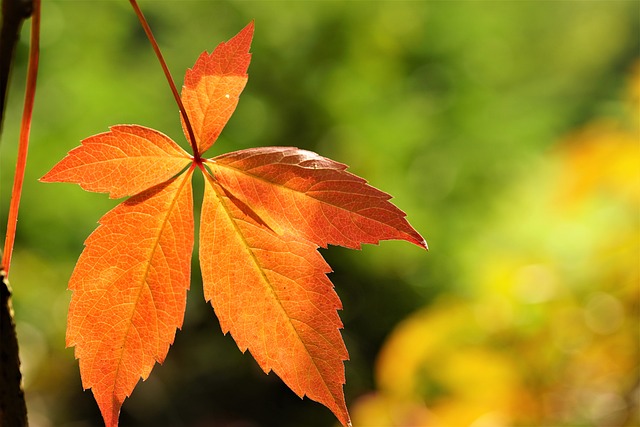Virginia Creeper Is Not Safe for Cats or Dogs
If you are planting a pet safe garden in the state of Virginia, do not include this plant. We check the flowers we feature on our site with the ASPCA and do extensive internet research for both the common and scientific name just to be super pet safe. If we cannot find direct reference, we check up to genus and so on until we can confirm whether a plant is toxic or non toxic to both cats and dogs. If we are not sure, or get contradictory information, we do not include it. Many of the plants featured we have grown successfully in our own pet safe garden in Northern California. You can see many of garden stars in photos from Lovie’s Pet Safe Garden.

Physical Attributes
Virginia creeper (Parthenocissus quinquefolia) is a deciduous, woody vine that can climb up to 50 feet high using adhesive disks and tendrils. It has palmate compound leaves with 5 leaflets that turn a brilliant red in fall. Small green flowers bloom in late spring, followed by inedible blue-black berries. The vines have a shredding brown bark.[1][2]
General Care Tips
- Plant in full sun to partial shade in average, well-draining soil.[1][2]
- Water newly planted vines regularly until established, then provide supplemental water during dry spells.[1]
- Apply a balanced fertilizer in early spring if desired.[2]
- Prune in late winter to control growth and shape as needed.[1][2]
- Provide a trellis, fence or wall for the vines to climb on.[1][2]
Fun Facts
- Virginia creeper is native to eastern and central North America.[1][2]
- It is a close relative of grapes and the plant that produces Boston ivy.[2]
- The berries are consumed by birds and other wildlife.[1]
- Virginia creeper can become invasive in some regions if not properly maintained.[1][2]
- Native Americans used the bark as a fiber source and the sap to treat warts.[1]
- The brilliant red fall foliage is the origin of its other common name “Woodbine”.[2]
Citations:
[1] https://www.picturethisai.com/wiki/Parthenocissus_quinquefolia.html
[2] https://www.picturethisai.com/care/Parthenocissus_quinquefolia.html
[3] https://www.monrovia.com/be-inspired/lavender-plant-care-guide.html
[4] http://www.gardening.cornell.edu/homegardening/scene9108.html
[5] https://www.gardendesign.com/annuals/scaevola.html





